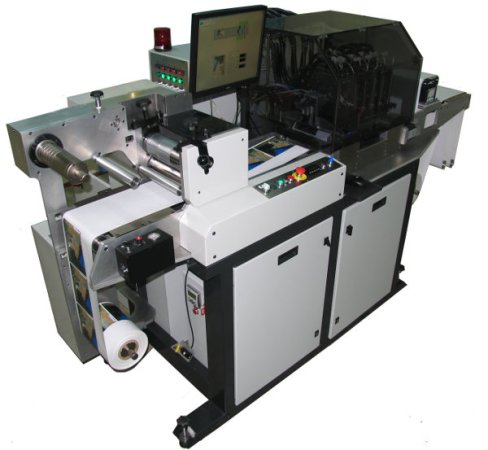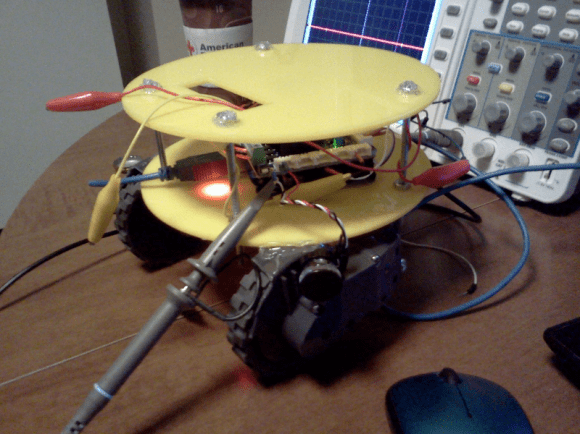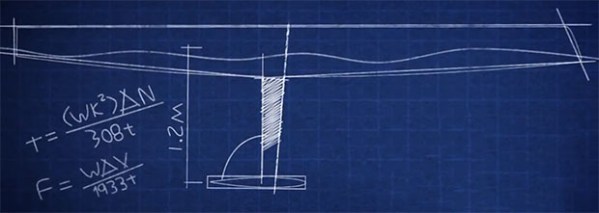Let us be the first to say: Not a hack! Nonetheless this is an interesting read about how the Arduino movement has made hobby microcontroller boards attractive for industrial applications.
This is a digital printing machine which looks like it is used for industrial packaging. [Paul Furley] worked for the company which produces it, developing the software for the control interface. He recounts the story of how he helped guide the company away from choosing a microcontroller, and toward using an Arduino board. Actually, using three Arduino boards. We can already hear the flame war boiling up in the comments section. But before you rage, read the article and see if you don’t agree with [Paul’s] reasoning.
The most compelling argument to us is that choosing Arduino is absolutely future proof. If the company goes out of business there are hundreds of clone devices already available. As the Arduino platform evolves it will keep pin compatibility in order to support the older shields. And if they choose a different microcontroller the Arduino IDE will still compile the same sketch for the new hardware.
One thing that pops into our minds is write protection. The machine uses a big PCB to which the three Arduinos mount. That can be produced anywhere without threat of having the source code leak as the PCB doesn’t include chips that need to be programmed. Arduino uses AVR chips that have write protection fuses which can be burnt in-house after they flash the control firmware.
[Thanks Thomas]



















